Premium Only Content
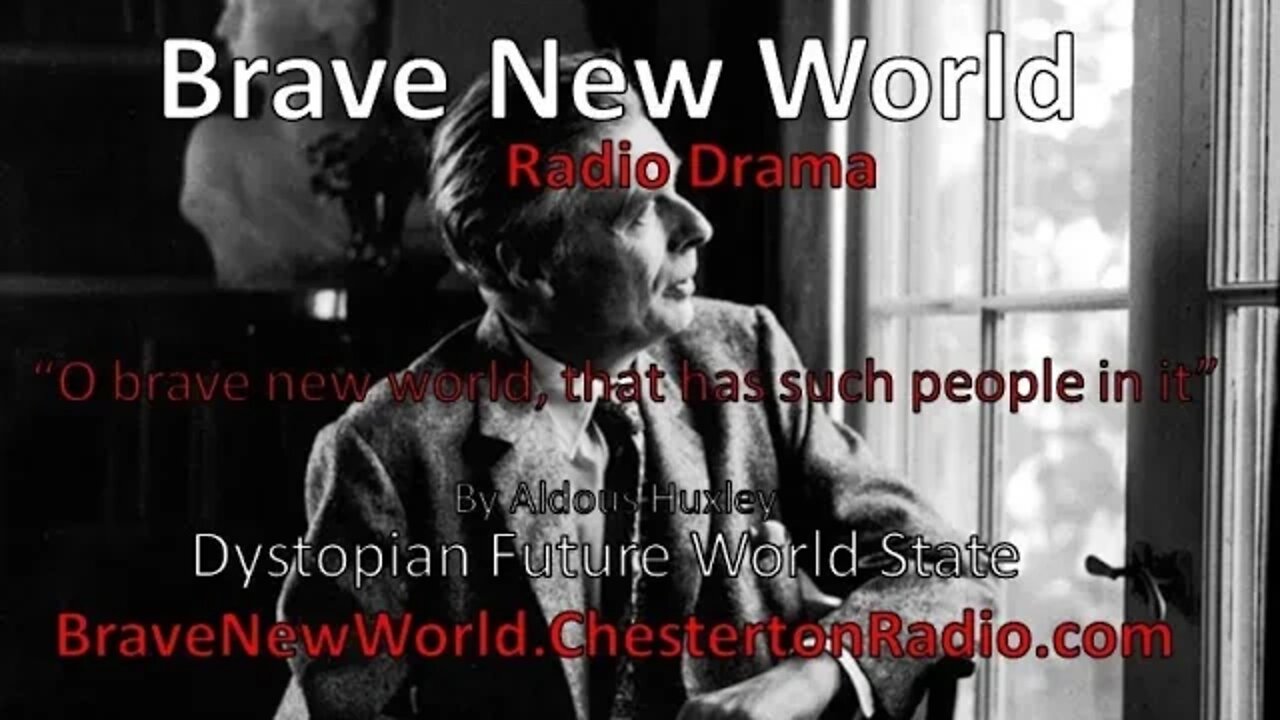
Brave New World - Pt. 2 - CBS Radio Workshop - Aldous Huxley
Brave New World is a dystopian novel by English author Aldous Huxley, written in 1931 and published in 1932. Largely set in a futuristic World State, inhabited by genetically modified citizens and an intelligence-based social hierarchy, the novel anticipates huge scientific advancements in reproductive technology, sleep-learning, psychological manipulation and classical conditioning that are combined to make a dystopian society which is challenged by only a single individual: the story's protagonist. Huxley followed this book with a reassessment in essay form, Brave New World Revisited (1958), and with his final novel, Island (1962), the utopian counterpart. The novel is often compared to George Orwell's Nineteen Eighty-Four (1949).
In 1999, the Modern Library ranked Brave New World as #5 on its list of the 100 best English-language novels of the 20th century.[2] In 2003, Robert McCrum, writing for The Observer, included Brave New World chronologically at #53 in "the top 100 greatest novels of all time",[3] and the novel was listed at #87 on The Big Read survey by the BBC.
(Wikipedia)
The CBS Radio Workshop was an experimental dramatic radio anthology series that aired on CBS from January 27, 1956, until September 22, 1957. Subtitled “radio’s distinguished series to man’s imagination,” it was a revival of the earlier Columbia Experimental Laboratory (1931), Columbia Experimental Dramatic Laboratory (1932) and Columbia Workshop broadcasts by CBS from 1936 to 1943, and used some of the same writers and directors employed on the earlier series. The CBS Radio Workshop was one of American network radio's last attempts to hold on to, and perhaps recapture, some of the demographics they had lost to television in the post-World War II era.
The premiere broadcast was a two-part adaptation of Aldous Huxley's Brave New World, introduced and narrated by Huxley. It took a unique approach to sound effects, as described in a Time (February 6, 1956) review that week:
It took three radio sound men, a control-room engineer and five hours of hard work to create the sound that was heard for less than 30 seconds on the air. The sound consisted of a ticking metronome, tom-tom beats, bubbling water, air hose, cow moo, boing! (two types), oscillator, dripping water (two types) and three kinds of wine glasses clicking against each other. Judiciously blended and recorded on tape, the effect was still not quite right. Then the tape was played backward with a little echo added. That did it. The sound depicted the manufacturing of babies in the radio version of Aldous Huxley's Brave New World.Time, February 6, 1956 (Wikipedia)
-
 18:12:15
18:12:15
Chesterton Radio
2 years ago $4.74 earnedChesterton Radio Live - Mystery Drama Adventure - Chuck the TV!
44K -
 2:56:34
2:56:34
Parallel 8 Media
2 hours agoFriday Night Huddle - Ep 31- Julie Donuts, Rachel & Betsy
15.8K1 -
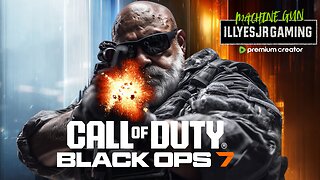 5:03:56
5:03:56
Illyes Jr Gaming
13 hours agoCall Of Duty Black Ops 7 LAUNCH DAY!!!!
8.16K -
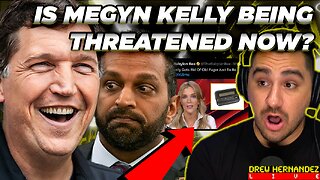 LIVE
LIVE
Drew Hernandez
21 hours agoTUCKER CLASHES W/ FBI, TRUMP PUSHES EPSTEIN DISCLOSURE AFTER HOAX CLAIM & IS MEGYN KELLY IN DANGER?
1,107 watching -
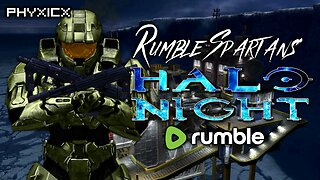 LIVE
LIVE
Phyxicx
3 hours agoRumble Spartans Halo Night! - HMR#20 - 11/14/2025
78 watching -
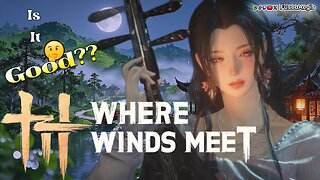 LIVE
LIVE
FusedAegisTV
1 day ago*NEW F2P MMORPG, SoulsLike/Action Game // Global LAUNCH - EN Servers 🔴 FUSEDAEGIS
248 watching -
 3:31:00
3:31:00
Barry Cunningham
7 hours agoFOOD STAMPS FRAUD | STARBUCKS BARISTAS BIG MAD | MORE NEWS (AND NO REAL ESTATE!)
78.3K30 -
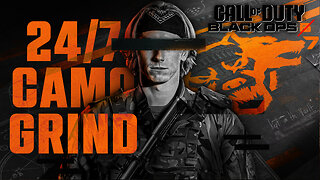 LIVE
LIVE
Reidboyy
1 day ago $0.30 earned24/7 BO7 Camo Grind! Stream Doesn't End Until I Unlock EVERY Camo in Black Ops 7!
36 watching -
 2:27:02
2:27:02
TheSaltyCracker
5 hours agoTucker Blows Up FBI ReeEEStream 11-14-25
85.8K160 -
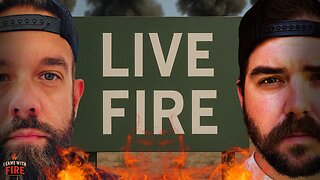 LIVE
LIVE
I_Came_With_Fire_Podcast
14 hours agoThe Private Equity Crisis | Oh SNAP, Massive Fraud | Reindustrialization
195 watching